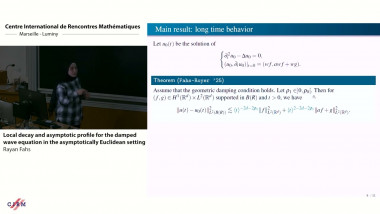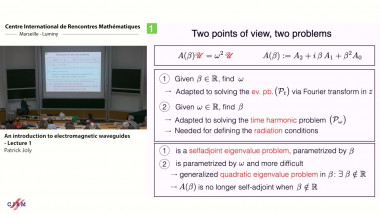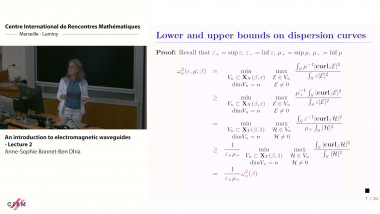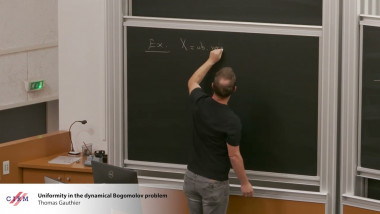Appears in collection : Thematic Month Week 2: Mathematical Models in Evolutionary Biology / Mois thématique Semaine 2 : Modèles mathématiques en biologie de l'évolution
Evolutionary rescue (ER) is the process by which a population, initially destined to extinction due to environmental stress, avoids extinction via adaptive evolution. One of the widely observed pattern of ER (especially in the study of antibiotic resistance) is that it is more likely to occur in mild than in strong stress. This may be due either to purely demographic effects (extinction is faster in strong stress) or to evolutionary effects (adaptation is harder in strong stress). Disentangling the two and predicting the likelihood of ER has important medical or agronomic implications, but also has a strong potential for empirical testing of eco-evolutionary theory, as ER experiments are widespread (at least in microbial systems) and fairly rapid to perform.
Here, I will present results from three recent articles [1-3] where we considered the probability of ER, and the distribution of extinction times, in a classic phenotype-fitness landscape: Fisher’s geometric model (FGM). In our (classic) version of the FGM, fitness is a quadratic function of traits, with an optimum that depends on the environment. This model has received some empirical support with respects to its ability to reproduce or even predict patterns of context dependence in mutation effects on fitness (be it environmental or genetic context).
In our FGM-ER scenario, a population is initially adapted to the current optimum (either a clone or at mutation selection balance). The environment shifts abruptly and the optimum position, plus possibly peak height and width are modified. We follow the evolutionary and demographic response to this change, assuming a density-independent demography (which we approximate by continuous branching process CB process or Feller process).
In spite of its simplicity, the FGM displays fairly distinct behaviors depending on the relative strength of selection and mutation: this yields different approaches to deal with the FGM-ER scenario. I will thus present the different approaches we have used so far: from the strong selection, weak mutation regime to the weak mutation strong selection regime, and discuss possible extensions at the transition between these regimes.














![[1243] Degrés dynamiques](/media/cache/video_light/uploads/video/SeminaireBourbaki.jpg)

